Tumba de Puhaddin, Yangzhou - Precio de la entrada, horarios, transporte y aspectos más destacados
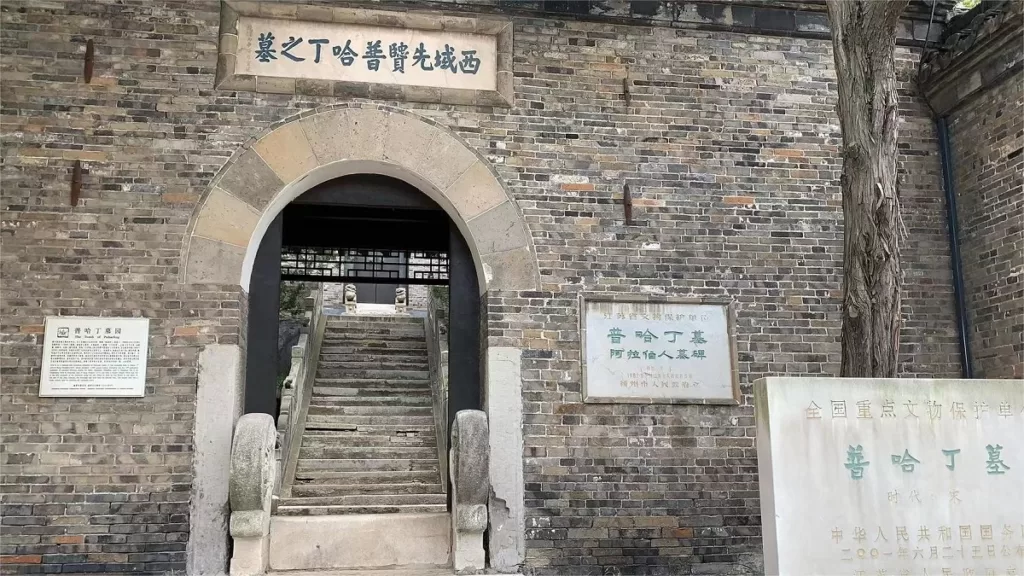

Nestled along the ancient Grand Canal in Yangzhou, the Tomb of Puhaddin (普哈丁墓, Tomb of Puhading) stands as a testament to the rich history of Islam in China. Puhaddin, believed to be a descendant of the 16th generation of Islam’s founder, Muhammad, arrived in Yangzhou during the Southern Song Dynasty’s Xianchun era (1265-1274). He came to spread the teachings of Islam and played a significant role in the city’s religious and cultural landscape. During his time in Yangzhou, Puhaddin oversaw the construction of a mosque, now known as the Xianhe Temple, and became a revered figure. His legacy endures in the form of his tomb, which was built on the eastern banks of the ancient Grand Canal following his passing in July 1275, as per his wishes.
Índice
- Información básica
- Ubicación y transporte
- Highlights of Puhaddin tomb
- Attractions near Tomb of Puhaddin
Información básica
| Duración estimada de la visita | 0,5 - 1 hora |
| Precio del billete | 12 RMB |
| Horario de apertura | 9.00 - 17.00 |
| Número de teléfono | 0086-0514-87222241 |
Ubicación y transporte
The Tomb of Puhaddin is situated on the eastern banks of the ancient Grand Canal in Yangzhou, Jiangsu Province. The specific address is 167 Wenchang Middle Road, Guangling District. To get there, you can take bus 18, 32, 45, 52, 88, or 89, and get off at Jiefang Bridge Stop (解放桥站).
Highlights of Puhaddin tomb
Layout of the Tomb
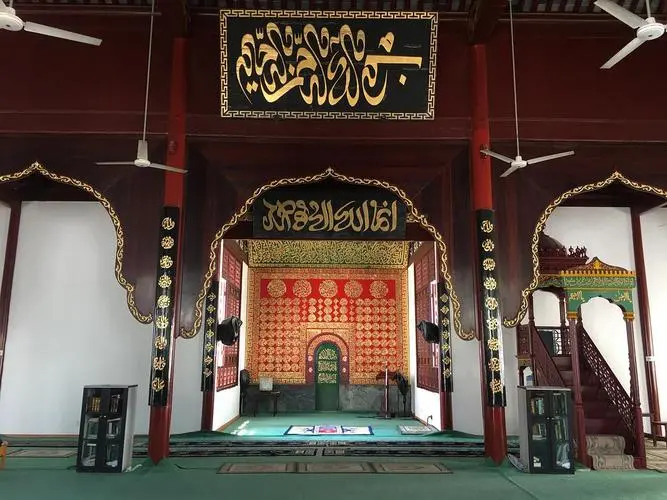
The Tomb of Puhaddin, commonly known as Baba Yao (a term of respect for esteemed Muslims) or Huihui Tang, is composed of three main sections. The first section comprises the tomb area, housing the tomb of Puhaddin and the tombstones of several other Arab individuals. The second section encompasses a mosque, serving as a place of worship for the faithful. The third section forms the eastern suburban park, providing a peaceful and picturesque setting for visitors.
Architectural Style of the Tomb
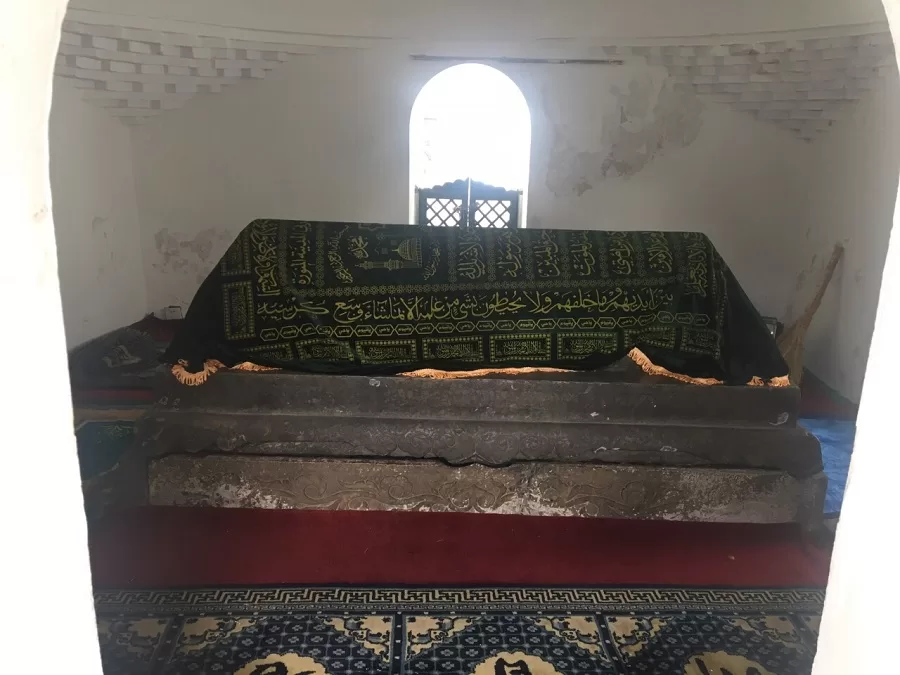
The architectural style of Puhaddin’s tomb is distinctly Arab, reflecting the influences of Islamic culture. The tomb has a square floor plan with an area of approximately 14 square meters and stands at a height of 3.5 meters. It features a circular dome inside and a four-cornered, tiered roof with cylindrical tiles on the exterior. Each of its four brick walls is adorned with an arched gateway, and at the center of the tomb structure, the coffin is situated beneath a rectangular bluestone roof with five tiers, with verses from the Quran inscribed around its perimeter. In the entrance passage to the tomb area, there stands a stele erected in the 34th year of the Guangxu era (1908), which records the biography of Puhaddin, titled “Biographical Inscriptions of Eminent Ancestors.”
Importancia cultural
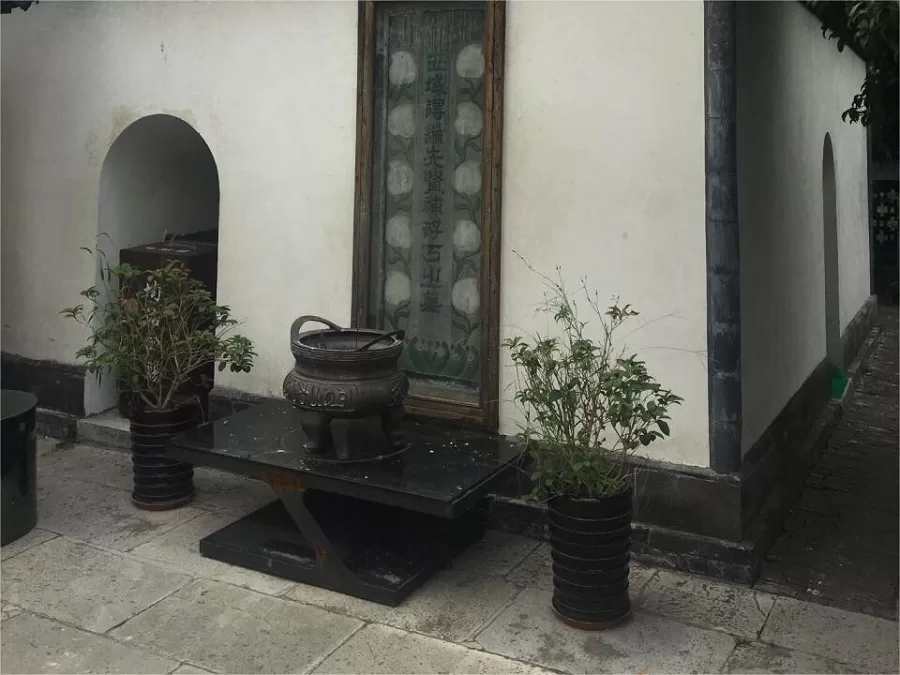
The Tomb of Puhaddin is not merely a historical relic but also a significant symbol of Islamic culture. It serves as a testament to the friendly interactions between China and the Arab world throughout history and remains highly cherished by both local and foreign Muslim communities. Today, the site continues to be used for Islamic activities and is a popular destination for visitors interested in exploring the rich history of Islam in China. It stands as a remarkable bridge connecting the East and the Arab world, showcasing the enduring legacy of Puhaddin and the cultural exchange that has characterized the region for centuries.
Attractions near Tomb of Puhaddin

Dongguan Gudu

Jardín Ge

Residencia de Wang

Antigua residencia de Zhu Ziqing

Calle histórica de Dongquanmen
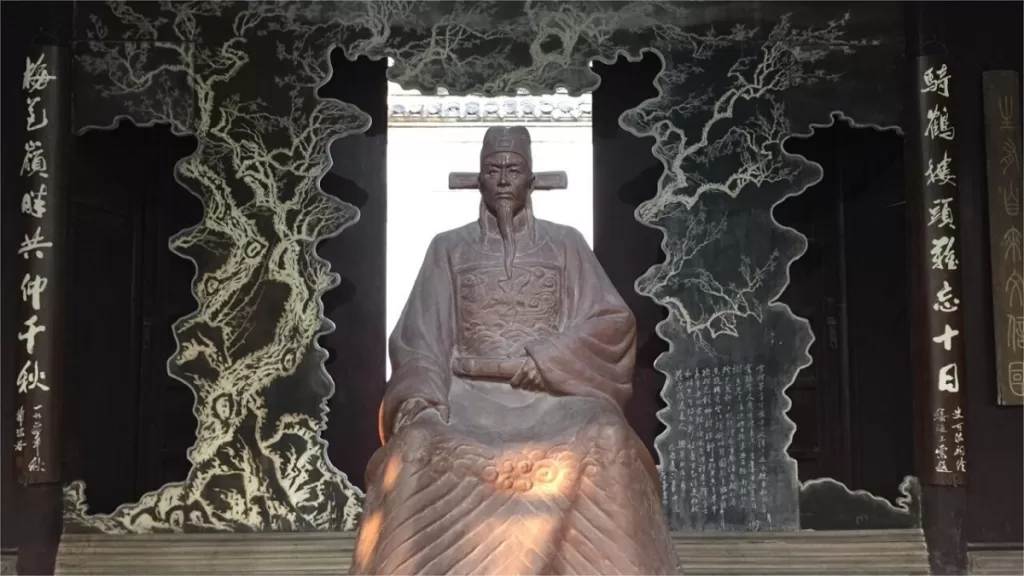
Sala Conmemorativa Shi Kefa

Calle Pishi

Mansión Wu Daotai

Calle Dongguan
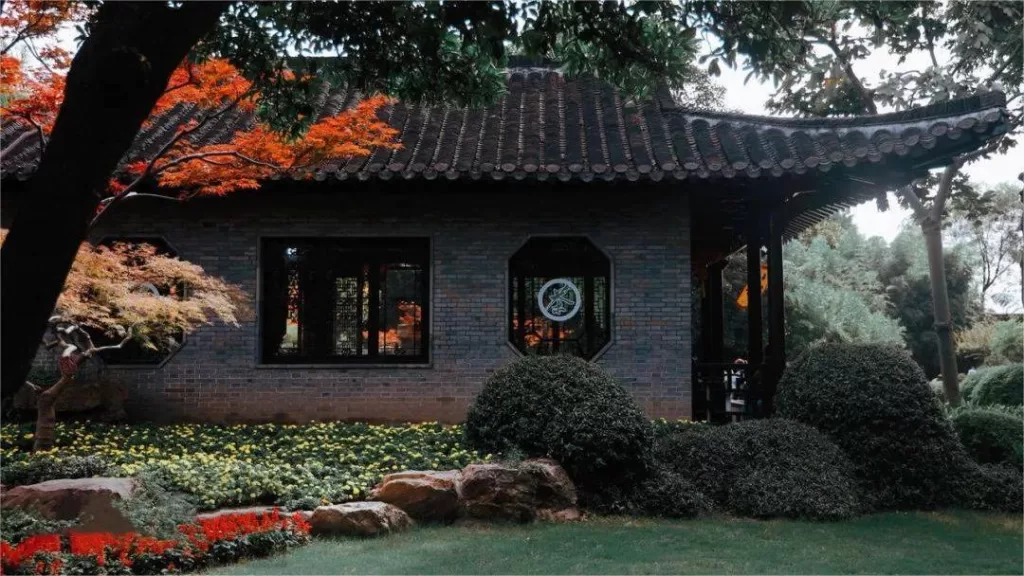
Calle comercial Huajuli
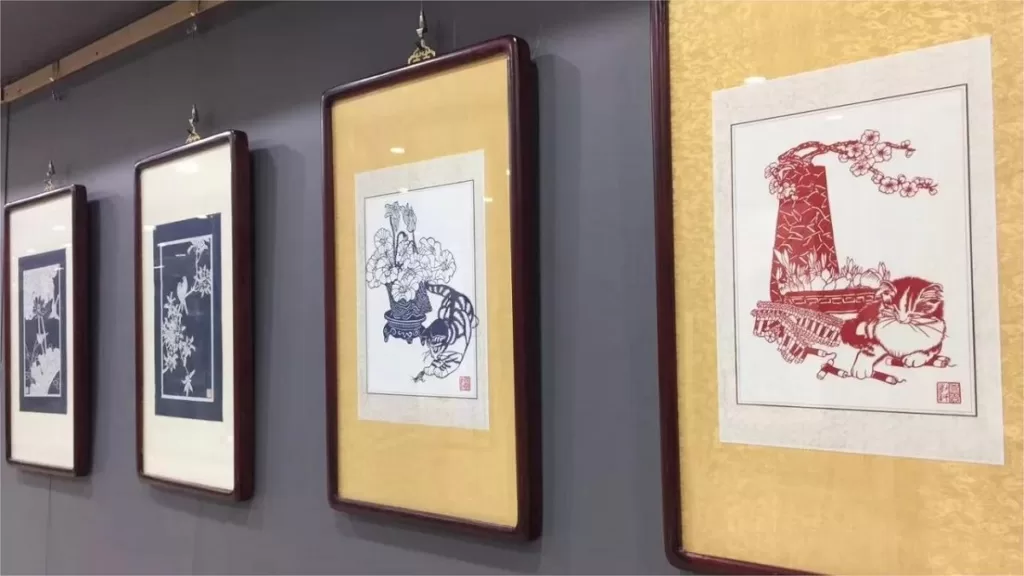
Museo de Corte de Papel Chino
Lugares históricos de Jiangsu, Atracciones de Yangzhou